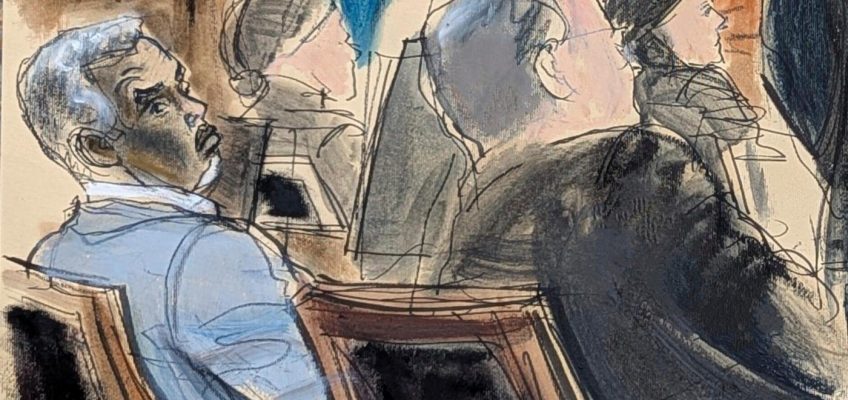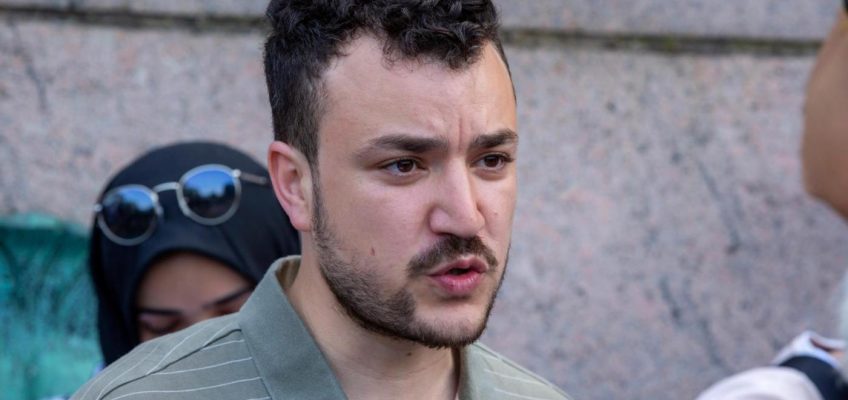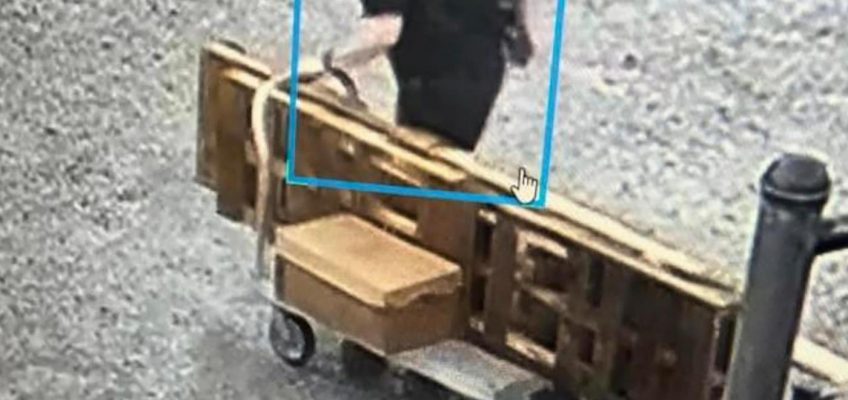By MICHAEL R. SISAK and LARRY NEUMEISTER, Associated Press
NEW YORK (AP) — The singer Cassie was content celebrating her 29th birthday with drinks, drugs and karaoke with friends, but her boyfriend, Sean “Diddy” Combs, had a different idea.
The hip-hop mogul insisted on taking Cassie, his R&B protégé, to a Los Angeles hotel for another of his “freak-off” sex marathons, her friend and former stylist testified Wednesday at Combs’ federal sex trafficking trial.
Deonte Nash told jurors that he saw the temperamental Combs berating Cassie as she pleaded for him to let her enjoy her birthday on her own terms. Later that night, Nash said, Cassie told the stylist, “I don’t want to freak-off,” but that she had to because Combs was making her.
Nash testified that the 2015 conversation was one of several times Cassie, whose real name is Casandra Ventura, confided to him that she didn’t want to engage in Combs’ drug-fueled hotel encounters. Earlier in the trial, Cassie testified that these often involved Combs watching, directing and sometimes filming her as she had sex with a male sex worker. She said she engaged in hundreds of such encounters during her nearly 11-year relationship with Combs from 2007 to 2018.
Nash said he remains close with Cassie, even advising her on her trial wardrobe. He said he contacted her Tuesday to congratulate her on the birth of her third child.
Sean “Diddy” Combs, right, blows kisses to people in the audience during his sex trafficking and racketeering trial in Manhattan federal court, Monday, May 19, 2025, in New York. (Elizabeth Williams via AP)
Along with shedding light on Cassie’s feelings about freak-offs, Nash also corroborated her testimony that Combs frequently beat and tormented her. Combs would threaten to hinder Cassie’s fledgling music career and said he’d ruin her reputation by releasing recordings of their sexual encounters, Nash said.
The stylist said he was at Cassie’s apartment, helping her pack for a music festival, when Combs stormed in, grabbed her by the hair, pulled her off a couch and hit her repeatedly. Nash said he jumped on Combs’ back in an attempt to get him to stop, but Combs bucked and threw him to the ground.
Combs resumed whaling on Cassie, who’d fled to a bedroom with Nash and another friend, knocking her head into the edge of the bed frame and causing a large, bloody gash above her eye, the witness said.
“Look what y’all made me do,” Combs said, according to Nash.
Combs, 55, has pleaded not guilty to charges that he led a racketeering conspiracy for 20 years that relied on fear and violence to get what he wanted. If convicted, he could face 15 years to life in prison.
Earlier Wednesday, Combs’ lawyers asked for a mistrial — which Judge Arun Subramanian denied — after they said prosecutors had tried to imply that Combs interfered with a police investigation into the January 2012 firebombing of rapper Kid Cudi’s Porsche 911. Subramanian told jurors to disregard testimony about fingerprint records that ended up being destroyed months after the fire.
Combs’ ex-assistant testified Tuesday that Combs said he wanted to kill Cudi after he learned that Cassie and Cudi were dating in December 2011.
Related Articles
Ex-WWE executive agrees to help accuser in sex abuse lawsuit against Vince McMahon and WWE
What we know — and don’t know — about who will be able to get COVID-19 shots
Nvidia overcomes tariff-driven turbulence to deliver Q1 results that eclipsed projections
George Santos’ former treasurer sentenced to probation over bogus campaign finance reports
Hawaii’s governor signs new hotel tax legislation to help cope with climate change
A few weeks later, Cudi’s Porsche was firebombed. A Molotov cocktail was found in the front seat, made out of a 40-ounce Old English 800 malt liquor bottle and a designer handkerchief, according to Lance Jimenez, an arson investigator for the Los Angeles Fire Department, and photographs shown in court.
Combs’ lawyers moved for a mistrial after Jimenez, prompted by prosecution questioning, testified that fingerprints taken from Cudi’s vehicle were destroyed in August 2012, about eight months after the fire. Jimenez said someone at the Los Angeles Police Department who wasn’t involved in the investigation ordered the fingerprint cards destroyed. He said this wasn’t normal protocol.
Combs’ lawyer Alexandra Shapiro accused the government of prosecutorial misconduct for even broaching the idea that something untoward happened with the fingerprint cards. She said prosecutors should’ve known better because some prospective jurors were eliminated from consideration for the trial after they said they believed Combs could buy his way out of trouble.
“These questions were designed to play right into that,” Shapiro said.
Assistant U.S. Attorney Christy Slavik countered that “a mistrial is absolutely unwarranted here,” telling the judge that she only asked Jimenez about the fate of the fingerprint cards to counter defense suggestions that the firebombing was poorly investigated and that the area was not canvassed for fingerprints.
No arrests were made as a result of Jimenez’s investigation, but federal prosecutors contend Combs was responsible for the fire and have included the episode as one of several acts of alleged wrongdoing supporting the racketeering charge against him.




